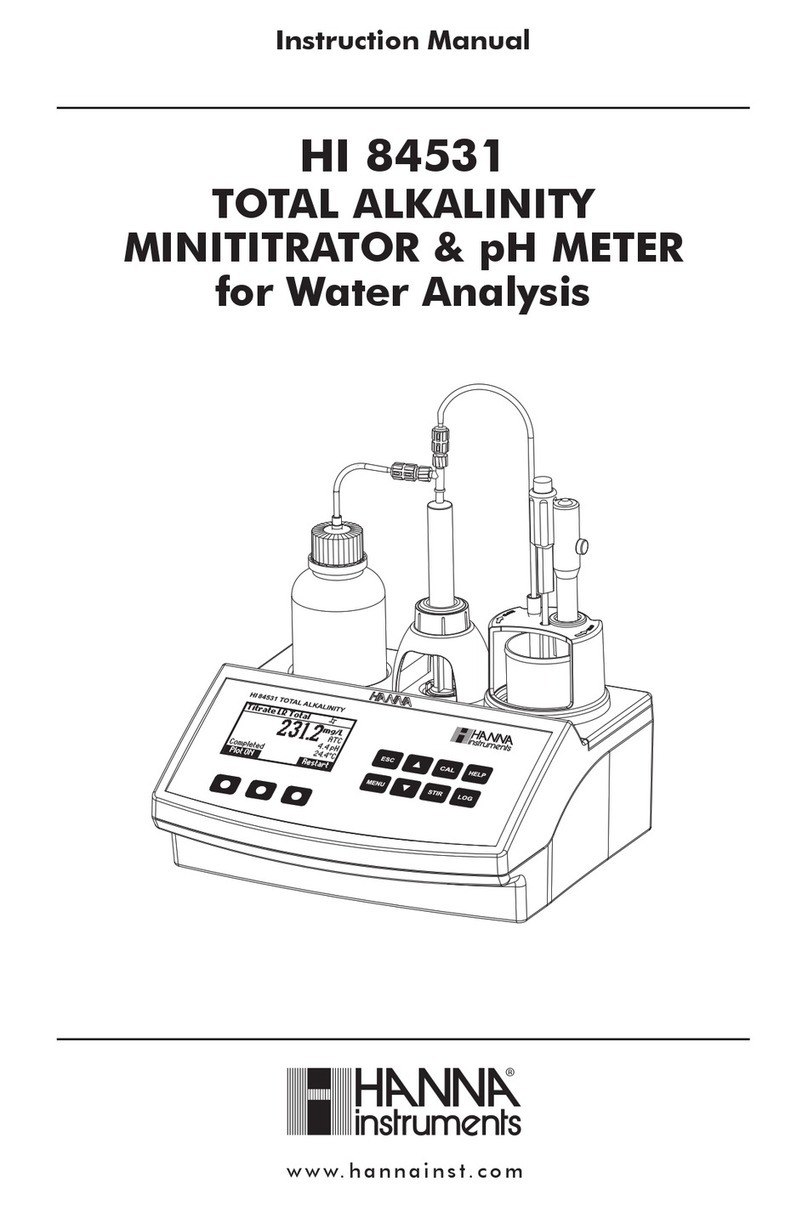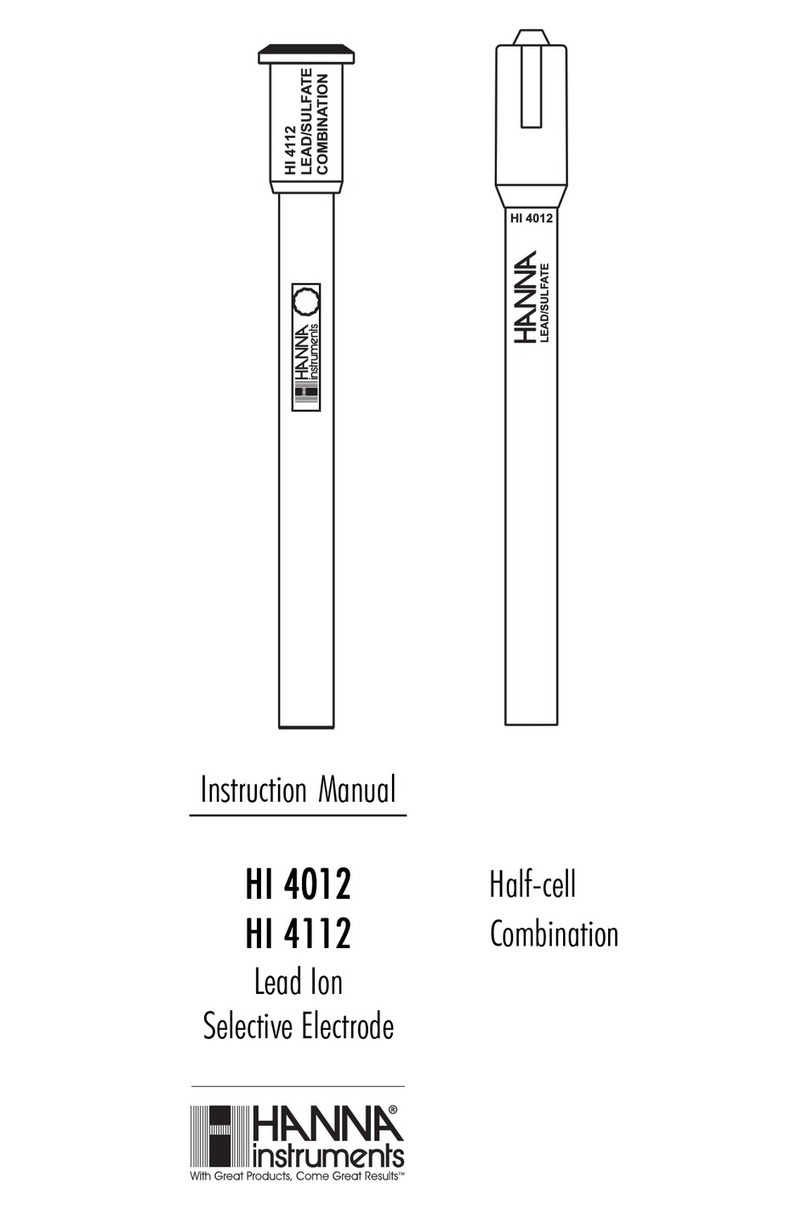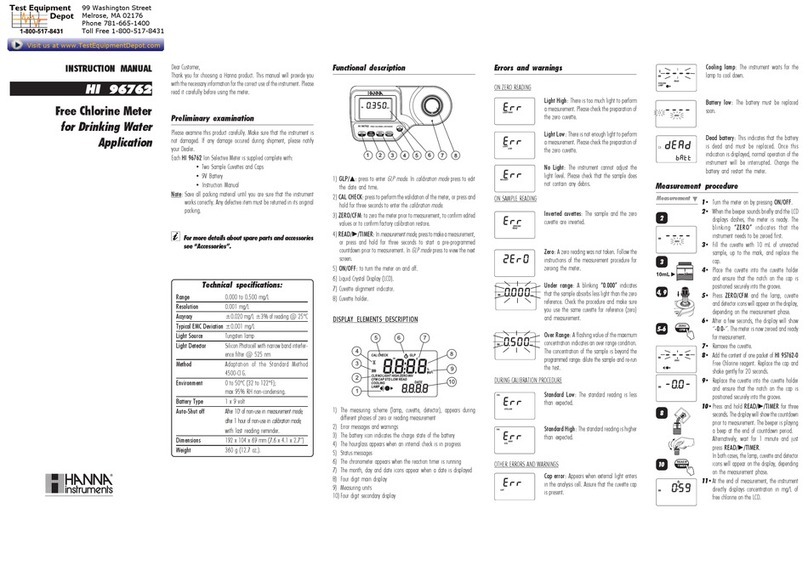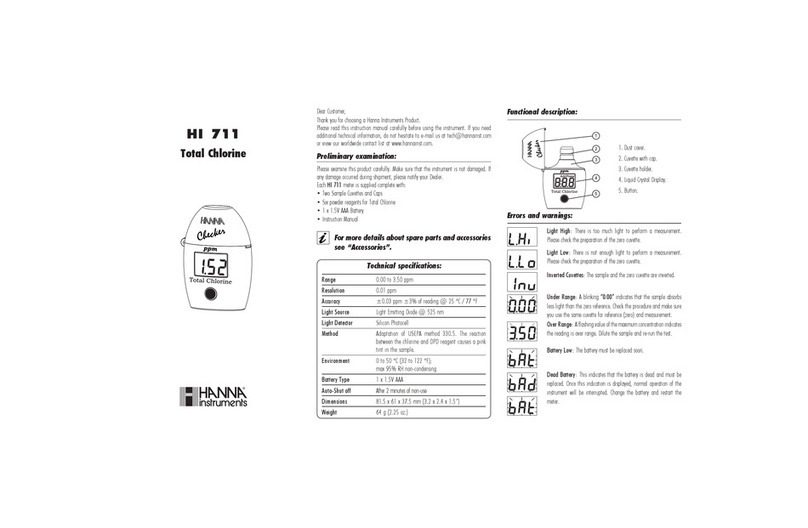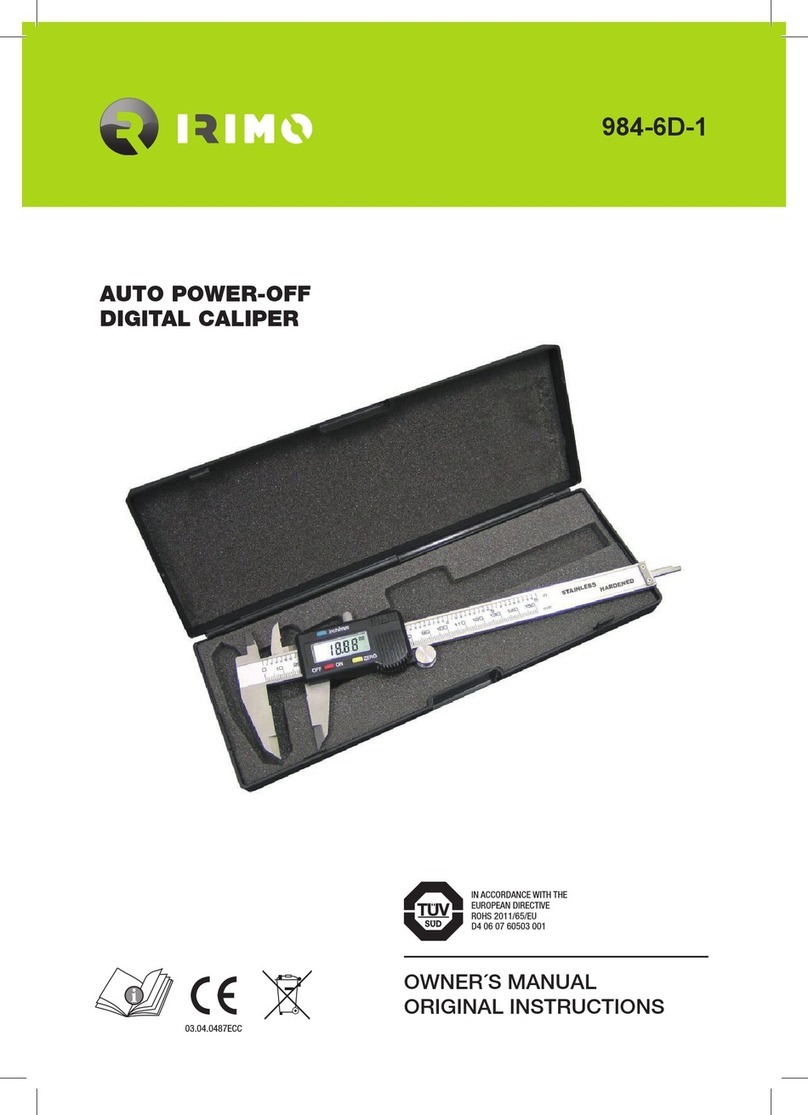Hanna Instruments HI 8314 User manual
Other Hanna Instruments Measuring Instrument manuals
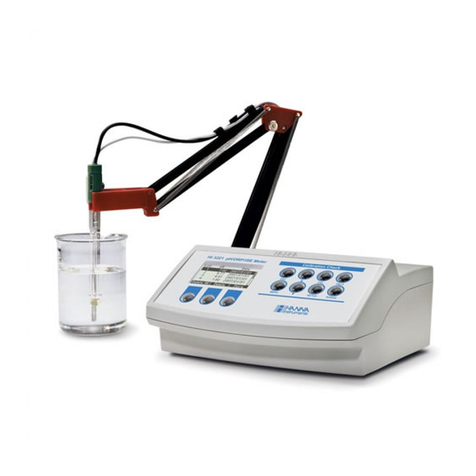
Hanna Instruments
Hanna Instruments HI 3221 User manual
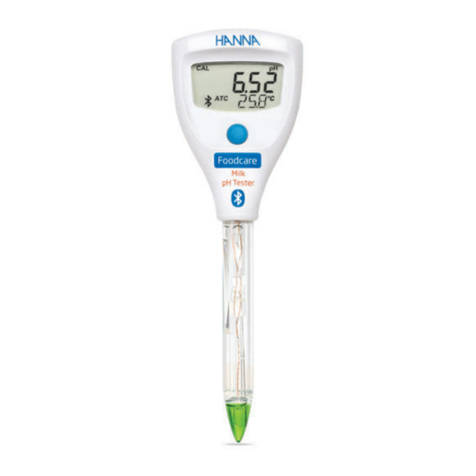
Hanna Instruments
Hanna Instruments HALO 2 HI9810342 User manual
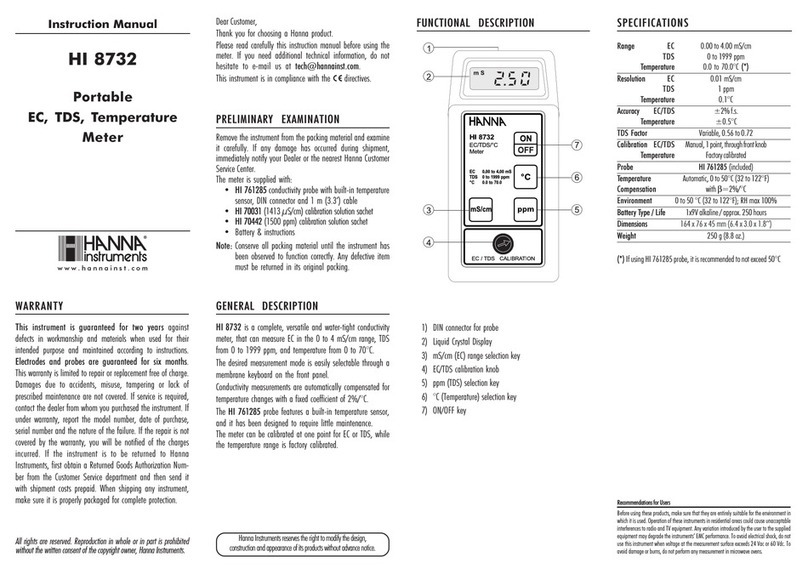
Hanna Instruments
Hanna Instruments HI 8732 User manual

Hanna Instruments
Hanna Instruments HI 8314 User manual
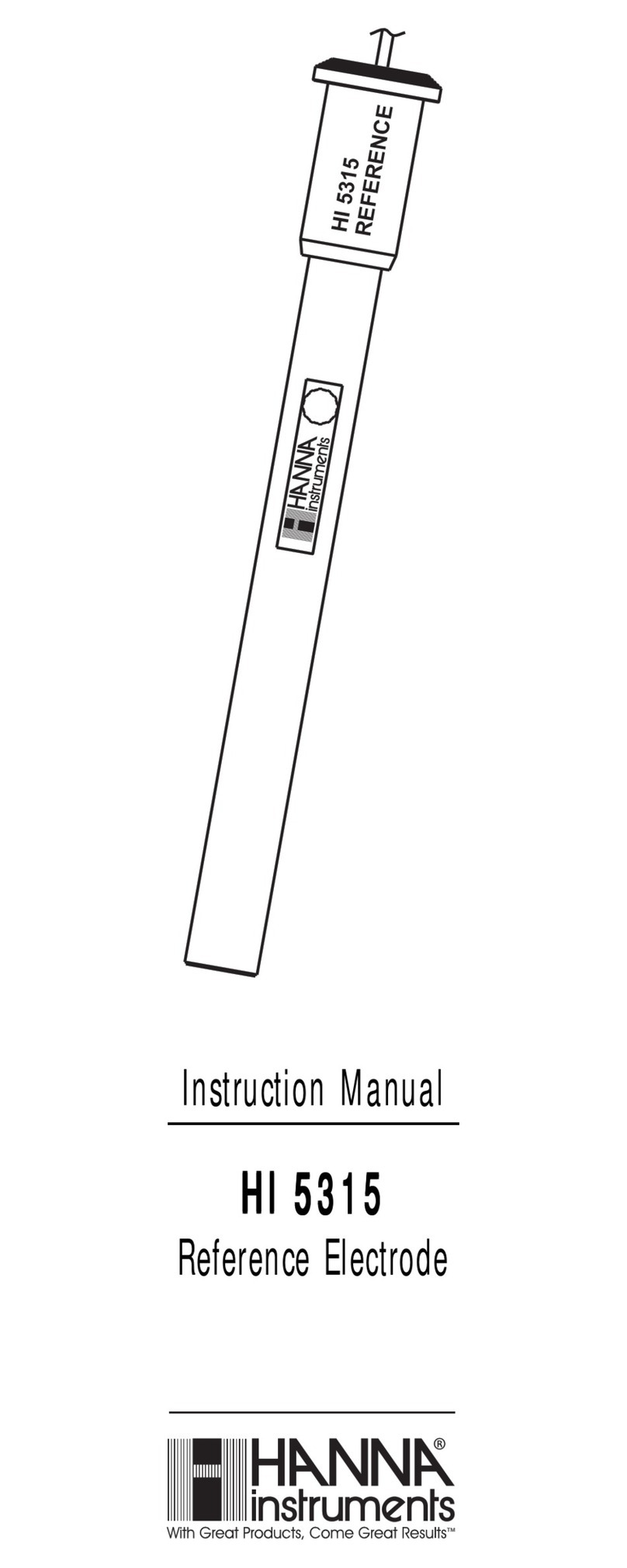
Hanna Instruments
Hanna Instruments HI 5315 User manual
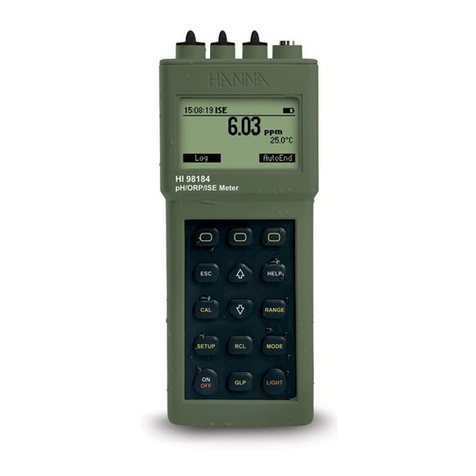
Hanna Instruments
Hanna Instruments HI 98180 User manual
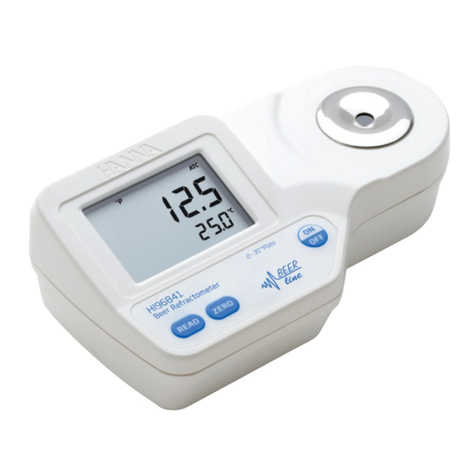
Hanna Instruments
Hanna Instruments HI96841 User manual

Hanna Instruments
Hanna Instruments HI96816 User manual

Hanna Instruments
Hanna Instruments HI97719 User manual
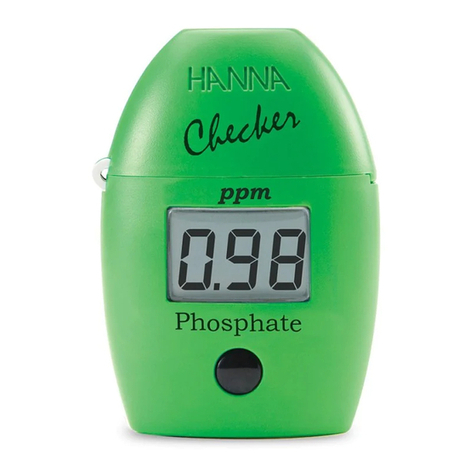
Hanna Instruments
Hanna Instruments HI 713 User manual
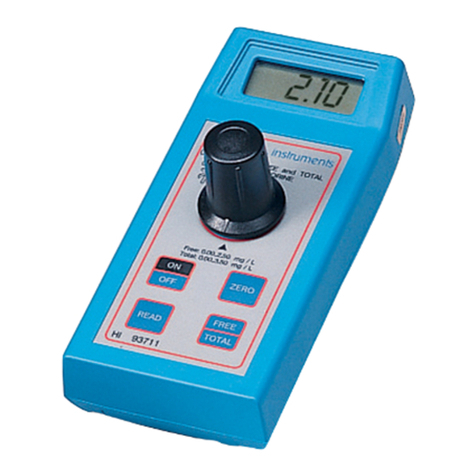
Hanna Instruments
Hanna Instruments HI 93711 User manual
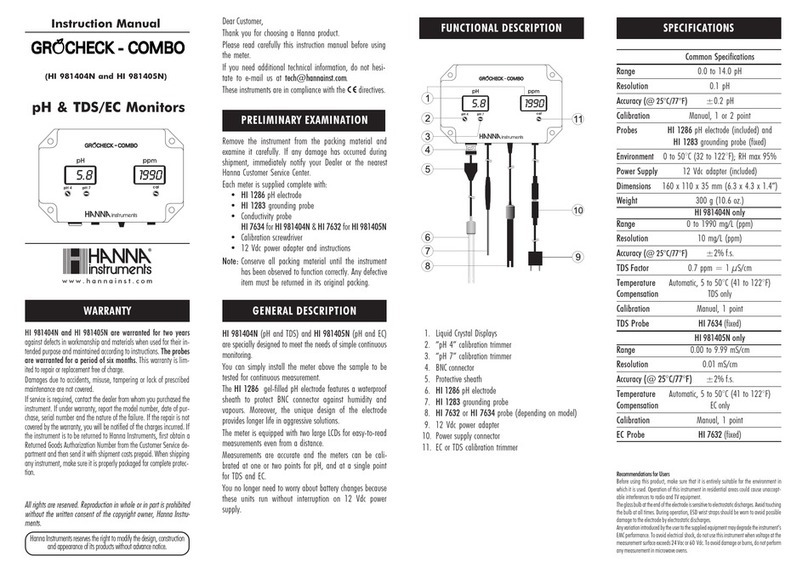
Hanna Instruments
Hanna Instruments HI 981404N User manual
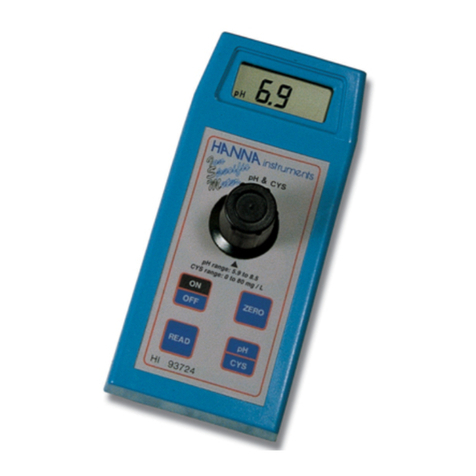
Hanna Instruments
Hanna Instruments MULTIPARAMETER ION SPECIFIC METERS User manual
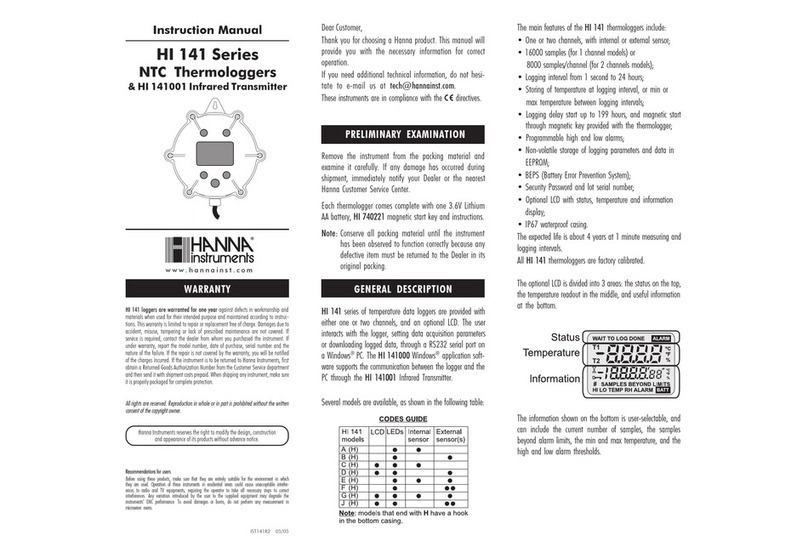
Hanna Instruments
Hanna Instruments HI 141 Series User manual
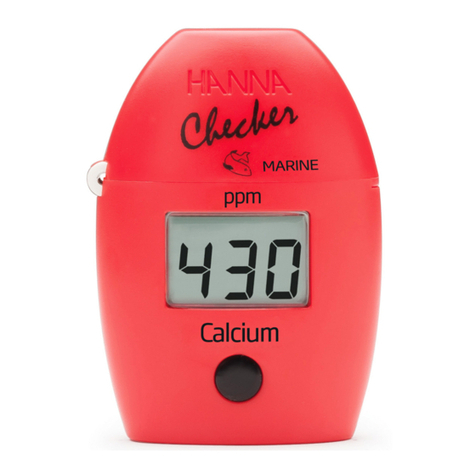
Hanna Instruments
Hanna Instruments HI 758 User manual

Hanna Instruments
Hanna Instruments HI 723 User manual
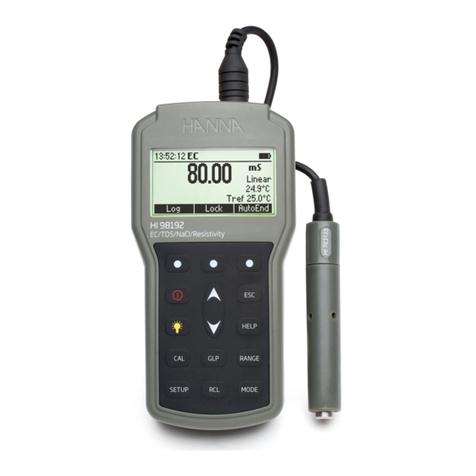
Hanna Instruments
Hanna Instruments HI98192 User manual

Hanna Instruments
Hanna Instruments HI 83206 User manual
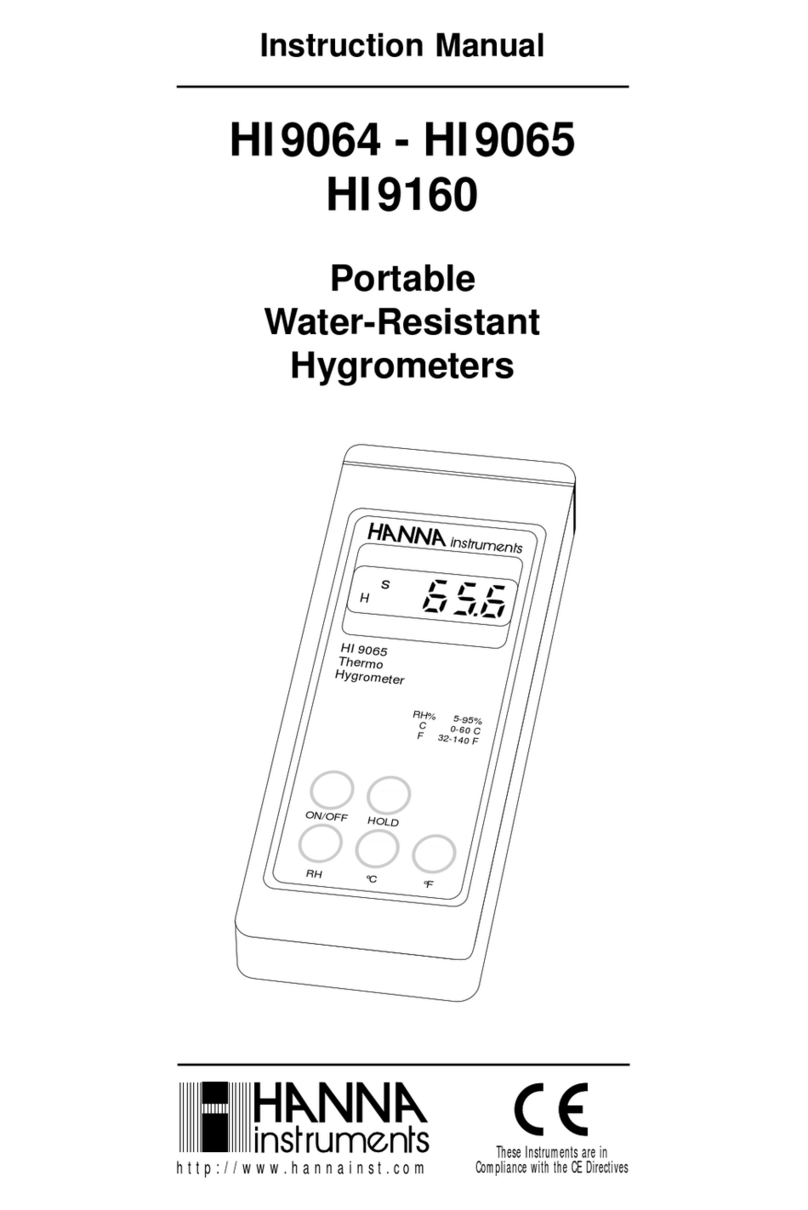
Hanna Instruments
Hanna Instruments HI9064 User manual
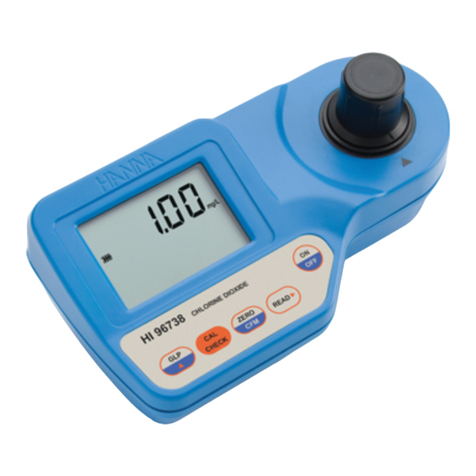
Hanna Instruments
Hanna Instruments HI 96738C User manual
Popular Measuring Instrument manuals by other brands

Powerfix Profi
Powerfix Profi 278296 Operation and safety notes

Test Equipment Depot
Test Equipment Depot GVT-427B user manual

Fieldpiece
Fieldpiece ACH Operator's manual

FLYSURFER
FLYSURFER VIRON3 user manual

GMW
GMW TG uni 1 operating manual

Downeaster
Downeaster Wind & Weather Medallion Series instruction manual

Nokeval
Nokeval KMR260 quick guide

HOKUYO AUTOMATIC
HOKUYO AUTOMATIC UBG-05LN instruction manual

Fluke
Fluke 96000 Series Operator's manual

Test Products International
Test Products International SP565 user manual

General Sleep
General Sleep Zmachine Insight+ DT-200 Service manual

Sensa Core
Sensa Core Lacto Spark user manual
